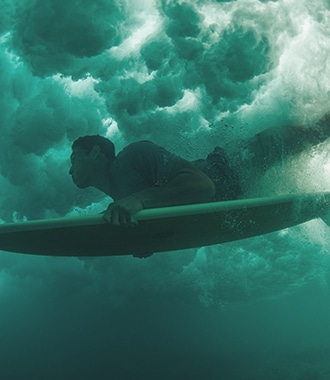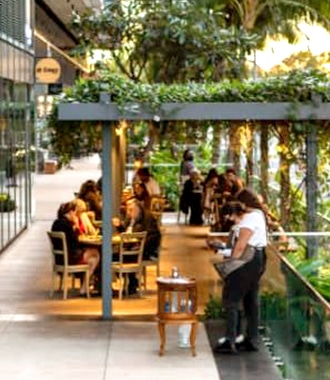Kīpuka: Culture from the Roots

When traveling abroad, there are many ways to experience the host culture. The local cuisine is a great place to start and museums provide historical accounts of the people and events that have shaped the region. In Hawai‘i, experiencing the local culture is often presented to visitors as a lū‘au, a hula performance, a helicopter ride above verdant, cloud-cloaked mountains, or a snorkeling adventure to tropical reefs teeming with fish and turtles. Exciting as theses heart-pounding adventures may be, they only scratch the surface of authentic Hawaiian culture. Kīpuka, a cultural-maker space in Ward Centre operated by Nā Mea Hawai‘i, has been offering immersive cultural experience for decades through its classes, workshops, and live music sessions. Led by knowledgeable kumu (teachers), dig into authentic Hawaiian culture through the art of the Islands. Learn to make lei po‘o (a lei for your head), weave a lau hala (Pandanus leaf) bracelet, explore the beauty of the Hawaiian language, or just sit and listen to the aunties and uncles kanikapila (play their favorite Hawaiian songs) all afternoon. We caught up with Chloe Amos, Nā Mea’s Event Coordinator, to give us the inside scoop on the latest happenings at Kīpuka.
How would you describe Kīpuka?
Kīpuka is a place for classes, workshops, special events, artist talks, and book signings. It’s a meeting space and a presentation space. When you walk in, there are a lot of cultural projects on display that practitioners are making and teaching. You’ll see woven materials and kāhili feathers. It’s a very comfortable and welcoming space with a local Hawai‘i feel. Sometimes the aunties and uncles are playing music and anyone can listen for free.
It’s called a maker space, which has a techy connotation. How does your maker space differ?
Our maker space is more along the lines of people who are creative and always wanting to be making something, no matter what medium that may be. Because of all the practitioners, all the materials used are very connected to the land, like lau hala, weaving, seeds, and flower lei making. It’s definitely a DIY space to learn to make your own Hawai‘i crafts.
What’s the most popular class right now and why?
Our lau hala weaving on Tuesday and Wednesday has the most consistent students. It’s very accessible. You can sit for 30 minutes and walk out with a bracelet to wear, even if you’ve never touched lau hala before. Aunty Lorna Pacheco leads the class. She been working with Nā Mea for over decade and has a huge following.
What is the most culturally impactful class you offer?
I have three initial recommendations. The Pua Culture Class on Friday from 3pm to 5pm is all about lei making. Taught by Aunty Sylvia Kop, it’s a basic entry point into Hawaiian culture. Our Kanikapila on Monday at 1:30pm is so fun. It’s all the aunties and uncles that come to play music and dance hula. That would be your most authentic Hawai‘i lifestyle type of experience that we offer. The intro to Hawaiian language, on Tuesday from 6pm to 7pm, is very immersive. Kumu ‘Ahukini Fuertes is speaking ‘ōlelo fluently throughout the entire class. You won’t walk away speaking Hawaiian language yourself, with sentence structure, but you’ll walk away hearing the current way ‘ōlelo is spoken.
How does Kīpuka fit in with the community of businesses at Ward Centre?
The other shop owners in Ward Centre feel like neighbors. Everyone is very friendly, and it feels like a new, growing community. Spaces like Kīpuka make Ward Village feel more hopeful for the kind of community that is really invested in local people.






